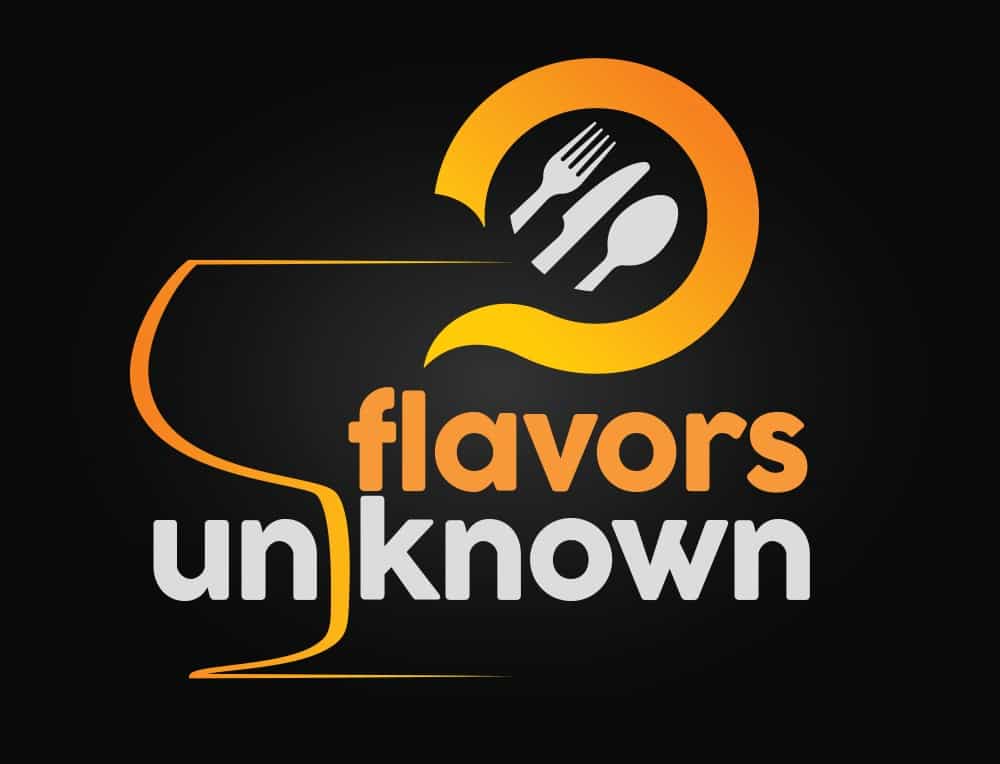Chef Chris Cosentino says: “you can't create future unless you understand history. If there's not a grounding in history, then it just doesn't make sense. And it's also easier to draw from history than it is to just make shit up!”
What we covered in this episode
- Chef Chris Cosentino shares his thoughts about the situation created by COVID-19 and wonder what the future might bring but one thing is certain is that hospitality will have to reinvent itself.
- Chris Cosentino describes the four restaurant concepts: Cockscomb in San Francisco, Acacia House in Nappa Valley, Jackrabbit in Portland, OR, and Rosalie in Houston.
- Each concept is different but based on its own historical aspect.
- Cockscomb is based on the Gold Rush and the influx of large concentration of immigrants from all over the globe.
- Acacia House is based on all the origins of grapes from foreign countries to the Valley.
- Jackrabbit is based on people moving there because of lumbering. The food is very artisanal.
- Rosalie is American Italian, related to Chef Chris Cosentino's great grandmother who immigrated from Italy.
- Chef Chris Cosentino mentions that he doesn't really have a process for his creative approach. He doesn't like to overthink everything. It starts with a seasonal product and ultimately it should be based off something historical.
- Talking about creativity versus technique, Chef Chris Cosentino says that because Chefs are trade people, ultimately everything is based on technique.
- Patience is gone because everybody's so hooked up to their phones and their computers and to what's next.
- Chef Chris Cosentino says that there is a million techniques out there and million ways to do things. And ultimately Chefs are just riding in the backs of thousands of grandma's before them.
- Talking about the new generation of cooks, Chef Chris Cosentino wonder how do you get somebody to be excited to do the same task over and over again until it is beautiful and they want to make like that every time.
- Chef Cosentino talks about No Kid Hungry and that today because of the pandemic one kid out of four are suffering from malnutrition.
- Link to the podcast episode on Apple Podcast
- Rapid-fire questions.
Links to other episodes in San Francisco
Pasta recipe with broccoli
To me when people are cooking at home, unless they're baking recipes or guidelines, not everybody has the same ingredients that restaurants have. Everybody has different markets and different seasons, and it's really about adapting to what's available in their moment and in their place. Then it's really about learning to think on your feet and know what flavors work together. So, something very simple as broccoli. You know, people think of broccoli as like this green tree that you get a giant wedge of it on a plate at like a steakhouse. But there's so many varieties of broccoli. There's broccoli de Cicco, there's broccolini, there's broccoli rapini, there's sweet broccoli. Then, you have all these other broccoli's, there's arugula rabe, which is a broccoli. You have all these like sprouting broccolis purple sprouting broccoli. Then it's such a simple thing as taking a penne pasta, and in the pan you have very basic things, you need garlic, you need olive oil, you need chili flakes, lemon zest, lemon juice, and you can use broccoli, but you chop it, you peel the stems and you chop it up and you start by cooking the broccoli stems and then you feed in the garlic and then you start adding your pasta to it. Once you add your pasta, then you add pasta water, then you add olive oil. You add the broccoli tops, which are the soft tender bits that cook really quickly. So it's really about understanding a product, then it boils down to timing and being prepared in advance and having all the stuff cut properly.

